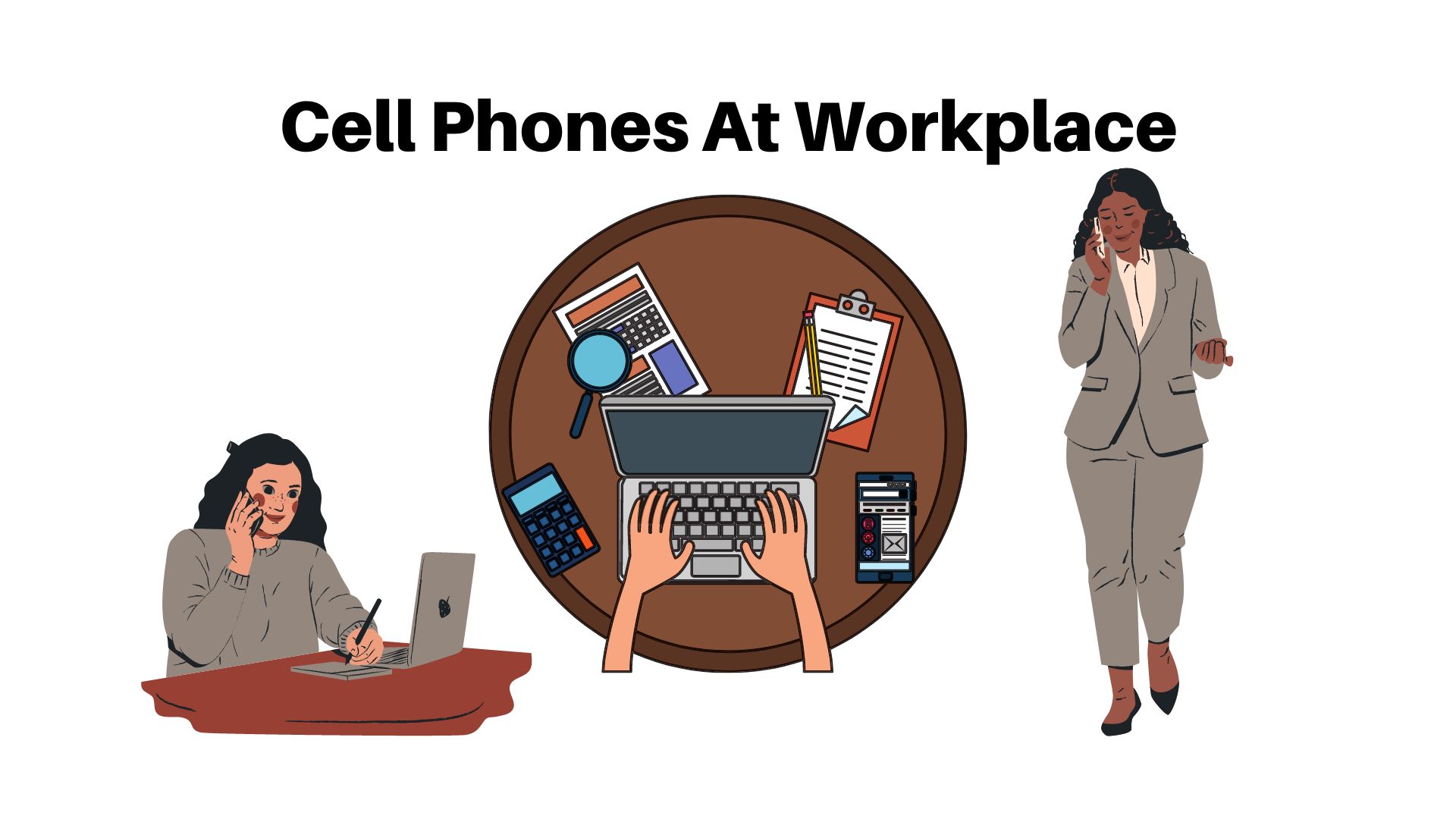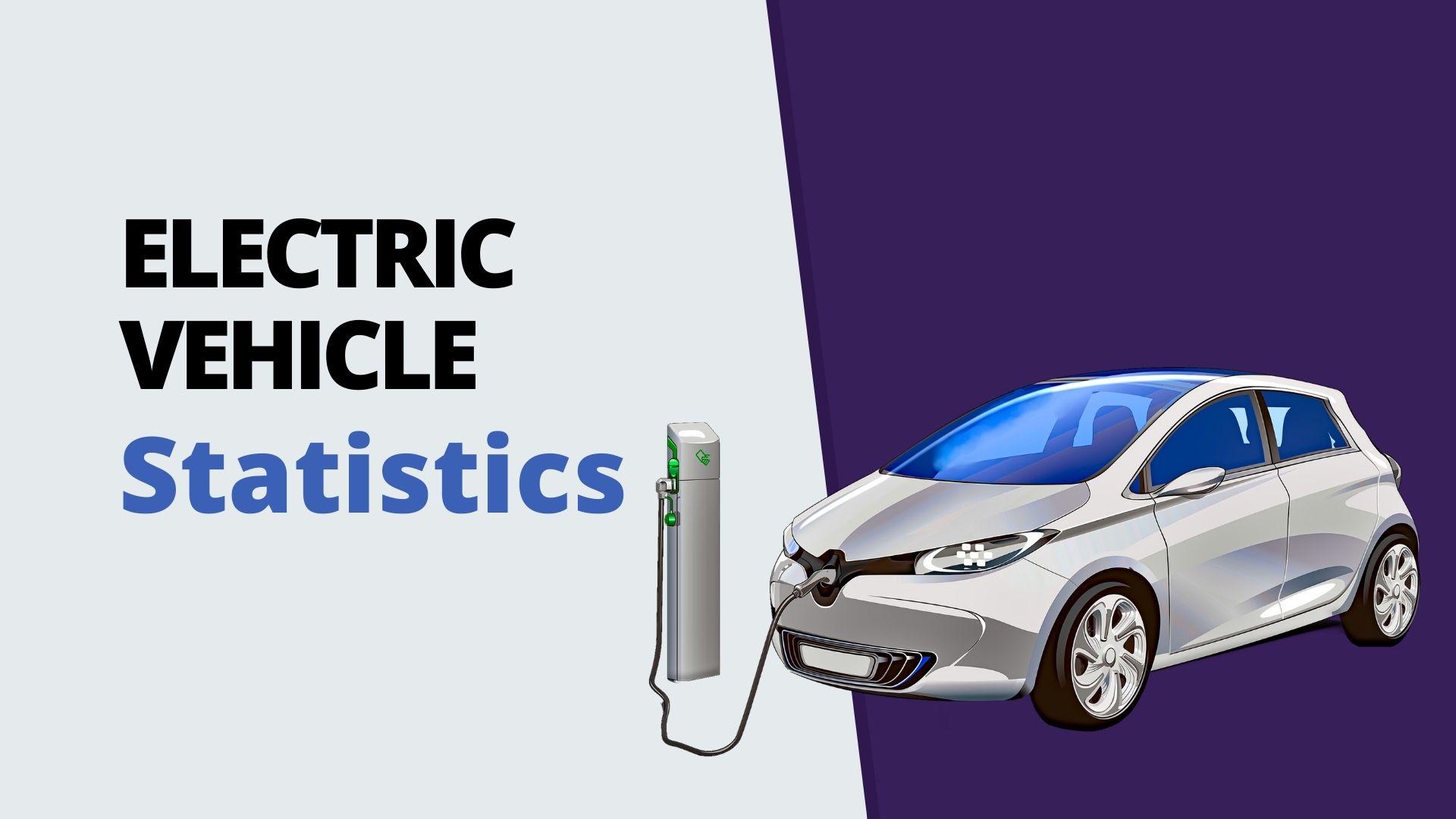Cell Phones At Workplace Statistics And Facts 2023

Page Contents
Cell Phones At Workplace Statistics: In recent years, the use of cell phones in the workplace has become more and more common. This has led to a debate over whether or not cell phones should be allowed in the workplace. There are pros and cons to both sides of the argument. Some people feel that cell phones should be banned in the workplace because they can be distracting. Others think cell phones should be allowed in the workplace because they can be used for emergencies.
Cell phones have significantly transformed both professional and personal lives. Companies are aware of this firsthand because these devices can make staff more productive and distracted. Some businesses forbid employees from using personal cell phones during work hours, while others allow limited use. This article will discuss the most important facts and statistics about cell phones at work.
Cell Phones At Workplace Statistics (Editor's Choice)
- As of 2023, a cell phone is used several times during working hours by 66% of American employees.
- The top reason for using cell phones at the workplace is for using personal messaging by 55% of employees.
- Employees spend more than 33% of their workdays surfing mobile and are termed as highly mobile employees.
- Approximately, every week employees waste around 8 hours on their cell phones in 2023 around the world.
- By using cell phones employees spend an average of 2.5 hours per working day.
- Nearly 28% of the workers questioned admitted that they use social media at work.
- Every day, 93% of American workers who own smartphones and spend around one-third of their waking hours away from a desk use their mobile devices for work.
- 51% of workers conduct work on their phones while using the restroom.
- Nearly 84% of businesses have a “bring your device” (BYOD) policy.
- 55% of workers prefer using their mobile phones for work purposes over desk phones.
- Approximately 60% of the applications workers use in the office are project-related.
- 75% of American workers use their cell phones for work purposes in 2023.
- Approximately 39% of the surveyed companies claimed that they suffered a data security breach due to stolen or lost devices.
- Workers who spend a minimum of 30% of their workday on social networking platforms are more likely not to be ethical about the relationship between their work and their mobile devices.
- 83% of millennials open text messages within 90 seconds of receiving an SMS.
General Cell Phones Used At Work Statistics
- Nearly 28% of the surveyed employees around the world admitted that they use social media at work.
- As of 2023, around 97% of adults in the United States claim to have a cell phone, and 85% of those claim to have a Smartphone.
- There are 69% of employees who are continuously using their cell phones during their working hours.
- Around 87% of employers in 2023 thought cell phones have distracted employee’s efficiency during working hours.
- The cell phone has distracted work-life balance, which was accepted by 48% of employees.
- Employees spend 56 minutes per day using their mobile phones for non-work-related purposes.
- Every day, 93% of American workers who own smartphones and spend around one-third of their waking hours away from a desk use their mobile devices for work.
- 30% of the workers polled claim that they check personal email on their cell phones most of the time.
- 51% of workers conduct work on their phones while using the restroom.
Company Policy On Cell Phones
- 55% of workers prefer using their mobile phones for work purposes over desk phones in 2023.
- 51% of workers use company-required mobile applications to complete tasks on their cell phones.
- For violating mobile phone policies almost 8% of companies have fired employees in 2023.
- This comprises applications for work like data storage systems and internal communication handled by IT departments. In addition, many workers use other applications to complete tasks that IT neither mandates nor knows about.
- Thus, 84% of businesses either permit or expect their workers to use their cell phones at work.
For BYOD workers, Smartphones are the Preferred Device.
Nearly 84% of businesses have a “bring your device” (BYOD) policy.
- You probably are unaware that BYOD workers pay an average of $965 out of their pocket and possess an average of 1.7 devices for their work.
- Cell phones at workplace statistics reveal an easy truth. BYOD is HUGE. And it’s clearly here to stay.
- This could be true for several different reasons. For instance, staff members may already know their phones well and not want to learn something new. Also, employees might prefer to save and call contact while driving or conducting other outside-the-office tasks.
- However, there is a drawback to all of this business cell phone use, which is as follows: Additionally, more than 30% of respondents claimed that they had lost clients or businesses because of poor cellular service.
Approximately 60% of the applications workers use in the office are project-related.
- Quite interesting, huh? If you observe a worker using their mobile phone, they might not be doing what you assume they are—surfing the web or getting sucked into social media. In fact, 60% of them are engaged in work-related activities on their phones. By allowing people to use various applications connected to their jobs or projects, you can increase this number at your place of business. Google Drive, Slack, and your project management platform are excellent applications to have on your cell phone when using it in the workplace.
75% of American workers use their cell phones for work purposes.
- These statistics were collected before the COVID-19 epidemic; therefore, it is likely considerably greater today as employees move away from corporate offices and their equipment to their homes.
9 out of 10 workers who use business applications claim that their professional behavior has changed.
- The benefit of promoting mobile application usage among staff members in the office is that they can carry their technology with them wherever they go. In other words, when workers attend conferences or visit clients off-site, they can bring their work with them. You can get suggestions and feedback when they talk with consumers/clients. This immediate feedback fosters on-the-go staff development as organizational accountabilities, and skills perceptions are cultivated.
According to 59% of workers, many organizations adopt applications slowly for their business models.
- There is an application for everything. You are missing the point with your staff members if you do not use apps to stay on top of significant events, stay in touch with friends and family, or keep your daily life organized. You can keep your staff happy and informed by implementing essential apps that allow staff to communicate, provide and receive feedback, and be on time for crucial meetings.
Approximately 69% of employers reimburse their employees for work-related use of their mobile phones.
- Smaller enterprises pay less than giant corporations, as you might expect. The average monthly reimbursement for businesses with fewer than 500 workers is $55.45. While large companies with more than 10,000 staff members pay an average of $80.20.
The majority of workers waste their time using mobile phones at the workplace.
- According to a recent poll by Screen Education, workers waste more than 2 hours daily using their mobile phone activities. That equates to more than 2 hours of unproductive time for your company. Additionally, it’s not just productivity that’s at risk: according to 14% of respondents, employees who were using mobile devices while distracted at work frequently had injuries or even lost their lives.
- A 2017 research by Robert Half Talent Solutions and OfficeTeam revealed what employees did on their mobile phones instead of performing work-related tasks. Online shopping, mobile gaming, and sports or entertainment websites are among the other activities employees acknowledged using their mobile phones for a while on the job. In addition, the majority of workers checked their personal email, while 28% of those polled admitted to browsing social media.
Nearly 60% of workers have noticed a boost in their productivity due to department-specific applications.
While there may not be an application for everything, you can create a feedback or project management application that works for almost any department. In a company-wide app, create teams, projects, and tasks to immediately see what everyone is working on and provide feedback as you go. As a result, productivity and engagement will undoubtedly rise.
Advantages of Cell Phones at Work
- Managers and executives claim approximately a 34% increase in productivity in 2023 when workers use cell phones for work-related tasks.
- Nearly 82% of professionals believe that social media helps them improve their relationships with colleagues.
- 48% of workers use their mobile phones for work purposes for at least one hour every day.
- 60% of workers use various applications for work-related purposes.
- The typical mobile worker puts in 240 more hours of work per year than the overall populace does.
Problems with Cell Phones at Work
- As of 2023, in the United States company's cost due to cell phone distraction is around $15.5 billion.
- In workplace production cell phone distraction results loss in productivity by 20% and reduced working efficiency by 45%.
- 55% of workers believe that mobile phone use is the greatest obstacle to office productivity.
- More precisely, 55% of poll participants believe personal messages are their biggest distraction. After that, roughly 51% stated that checking the weather was their top distraction, 44% claimed the same about the news, and 24% claimed that playing games was their weakest point.
- Approximately 39% of the surveyed companies claimed that they suffered a data security breach due to stolen or lost devices.
- Employees who use their mobile phones to work increase the risk of losing these devices, as well as the risk of data breaches.
- There is around a 28% likelihood of workers making mistakes after a mobile phone call and roughly 23% after receiving a text.
- Additional research has revealed that the error rate can be as high simply by feeling or hearing an alert on your mobile phone.
- Workers who spend a minimum of 30% of their workday on social networking platforms are more likely not to be ethical about the relationship between their work and their mobile devices.
These workers are more likely to find the following behaviors acceptable:
- Becoming friends with consumers or clients makes it simpler for workers to take them from the organization if they decide to leave the company to launch their own venture.
- They are posting unfavorable comments about their company or coworkers.
- Use software purchased by their organization on their personal laptop/desktop.
- Maintain confidential working papers for their own use later.
Cell Phones Used at Work Demographics
- 82% of workers keep their cell phones within eye contact at all times while at work.
- 72% of millennials send text messages over ten times each day.
- 83% of millennials open text messages within 90 seconds of receiving an SMS.
- On an average millennials spend around 6.1 hours on cell phone usage per week and 56 minutes per day basis in 2023.
Conclusion
It is no secret that mobile phones are a significant distraction in the workplace. An average employee spends around an hour daily on personal cell phone activities. The likelihood that they will make a mistake at work increases by 23% when they receive a text message, regardless of whether they have read it immediately.
Many companies still allow mobile phones as they can be used to improve productivity. Workers can be productive even when they are not in the office. More than half of the respondents said they had used their mobile phones to complete tasks while using the restroom. They can also connect with industry professionals via social media.
Nearly 84% of organizations permit or mandate employees to use their mobile phones as their work phones. This makes it even simpler for workers to remain reachable at all times.
Personal mobile phones are frequently stolen or lost. Security concerns exist because over one-third of organizations have suffered data breaches due to stolen or lost devices. To prevent this, more than half of companies mandate that their staff use specific safe applications on their mobile phones in order to conduct business-related work.
Sources
FAQ.
84% of employers permit or demand that workers use their cell phones for work-related purposes. The majority of these companies offer mandatory applications to protect company data.
Use of a personal mobile phone while working can reduce productivity. Private messaging and social media can provide workers a good break from work and increase productivity if used sparingly. Still, most professionals spend an hour or more every day on their phones, which lowers productivity
The workplace is affected by mobile phones because they create more distraction and connection. Employees can use mobile phones to stay in touch with colleagues, clients, and managers, boosting productivity.
However, they may also use these to distract themselves from doing their job.

Barry is a lover of everything technology. Figuring out how the software works and creating content to shed more light on the value it offers users is his favorite pastime. When not evaluating apps or programs, he's busy trying out new healthy recipes, doing yoga, meditating, or taking nature walks with his little one.



